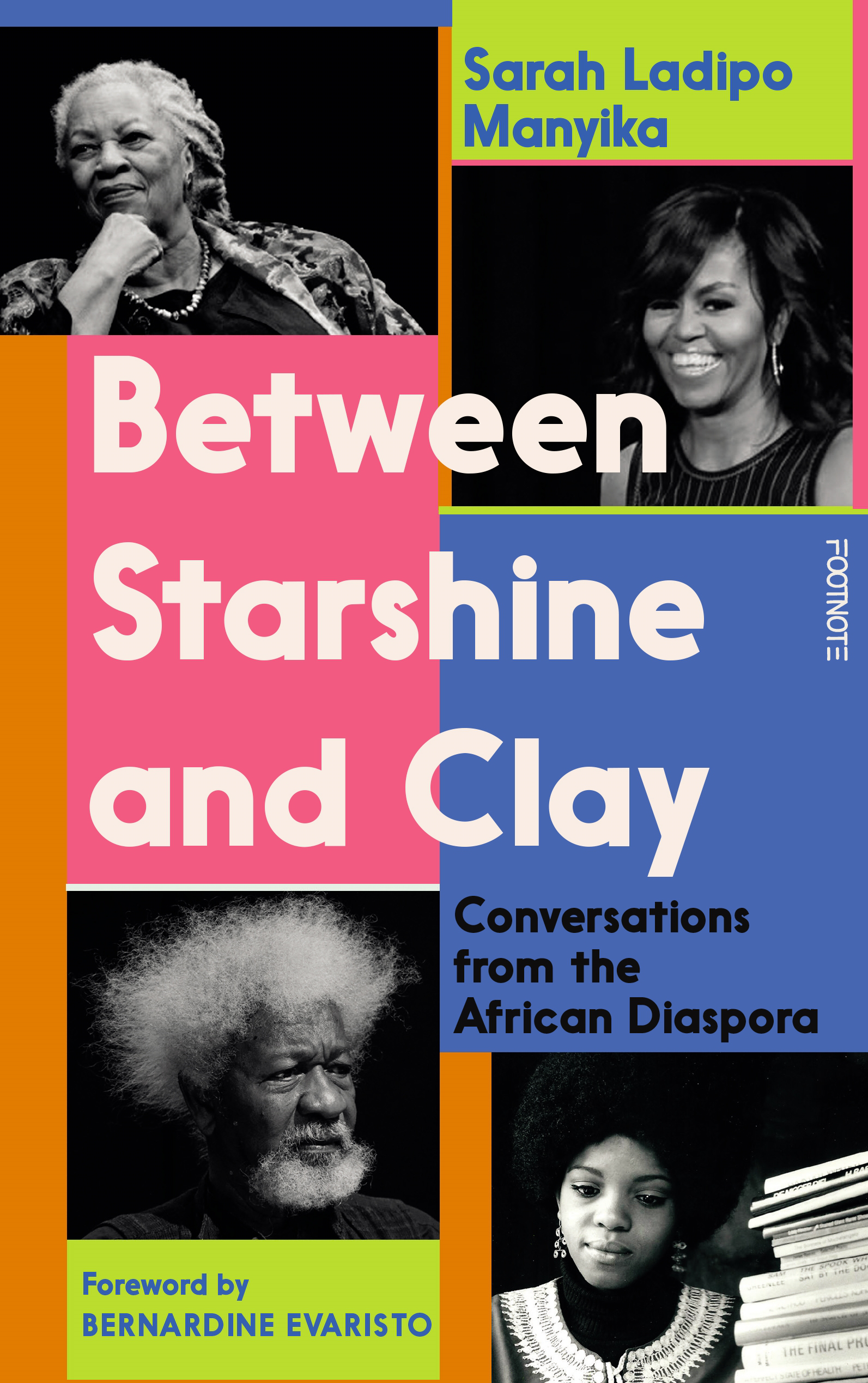
NOTES OF A NATIVE DAUGHTER
Introduction
Not far from where I live in San Francisco is an outdoor athletic stadium where I walk, usually on the upper track watching the athletes down below. People of all ages and walks of life come here to exercise or just to enjoy the outdoors – school children, hospital workers, personal trainers and their clients. In recent years, I’ve come to recognize the regulars, including a man with a suitcase and other belongings neatly tucked away in one of the alcoves. When I see him, he’s either sitting close to his bags or nearby in the bleachers, eating a sandwich or reading. Occasionally, he’s joined by a friend and sometimes he plays music from a boombox. He’s Black, heavyset and wears suspenders and a dark trench coat. We’ve never spoken, but we nod ‘hello’ to each other. I wonder what his story is, where he grew up, who his people are, what’s in his suitcase, where he sleeps at night.
Wondering about other people’s life stories is what I do. I have lived on three continents and find that my eye is constantly drawn to stories of people in Africa and in its diaspora, whether recent or hundreds of years removed. Take the middle-aged woman dressed in iro and buba whom I see in Berlin, sitting on a park bench with an arm around a white child. She reminds me of the woman in Njideka Akunyili Crosby’s painting Mama, Mummy and Mamma and I wonder . . . what is this woman’s story? Is she related to the child or does she work for the child’s family? Or take the young woman with a spectacular afro whom I see in San Francisco’s Chinatown bargaining with a fruit seller. Who is this Angela Davis lookalike speaking fluent Mandarin? Where does she come from, what is her story? Or what about the Uber driver named Toussaint who tells me his Haitian mother named him after someone in history, but he doesn’t know the details. Once at the White House I found myself wondering about the Black staff who served President Obama and his family. What were their stories and how might their stories compare to those who worked there during President Lincoln’s time? These are the sorts of stories that fascinate me. How many are still waiting to be recorded, heard and understood?
Stories are always shaped, or at least buffeted, by history and circumstance, and recent years have felt particularly turbulent. Seen through my eyes, as a Black woman, the combination of everything – from the pandemic, to police brutality, to the rise of virulent nationalism and repressive regimes – seems to have fallen disproportionately hard on Black people around the world. I have found myself wondering how our experiences and stories compare to those of previous turbulent periods and to what degree I and others have changed in the process. In these precarious times I’ve been searching for answers, perspective – and hope.
My search has led me back to ‘Oyinbo’, an essay I wrote twenty years ago, in which I explore my experiences with blackness in countries where I’ve lived. Reading it now, much of what I wrote then still resonates, but at the same time the world has moved on and changed, as have I. This introductory essay is titled ‘Notes of a Native Daughter’ in a reverent nod to James Baldwin, whose Notes of a Native Son, with its personal exploration of race, histories and countries lived in, is as resonanttoday as it was in 1955 when first published. I begin by revisiting ‘Oyinbo’ and retitling it ‘Autobiographical Notes’. Later, in ‘Notes on Encounters’, I turn to the twelve people who are the focus of this book and who have been a source of inspiration to me in my search for perspective and hope. This book is a celebration of personal and collective stories, of histories, of people making a way where there seems to be no way, making a difference, making history. It’s a celebration of the joy that comes despite the hurdles and barriers meant to discourage, dishearten or destroy.
***
Pre-order Between Starshine and Clay: Conversations from the African Diaspora: Footnote
Excerpt from BETWEEN STARSHINE AND CLAY: CONVERSATIONS FROM THE AFRICAN DIASPORA published by Footnote Press. Copyright © 2022 by Sarah Ladipo Manyika.


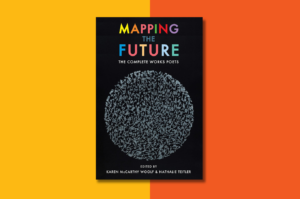
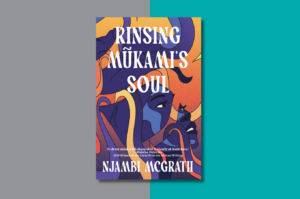
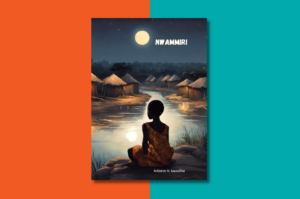

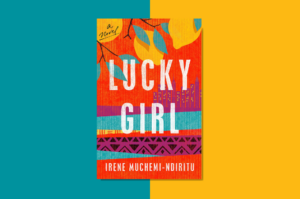
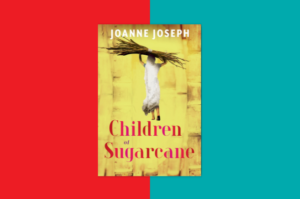

COMMENTS -
Reader Interactions